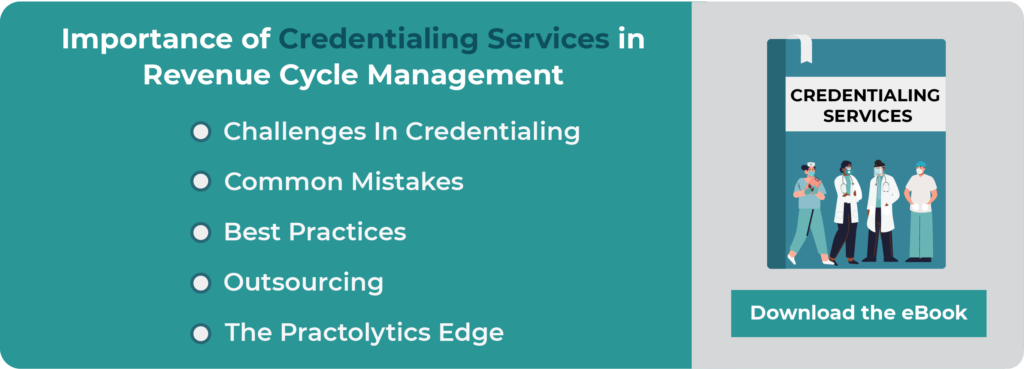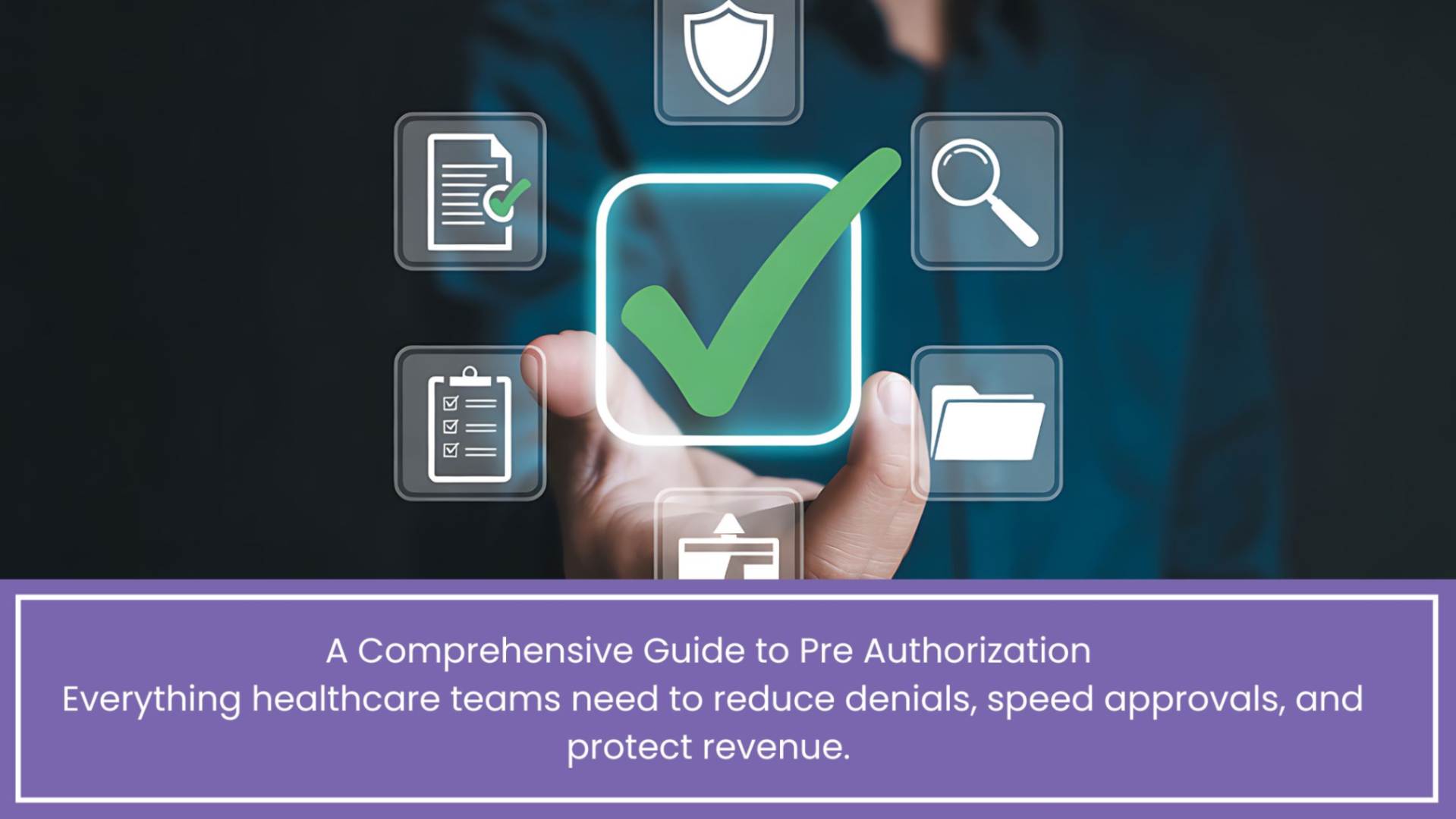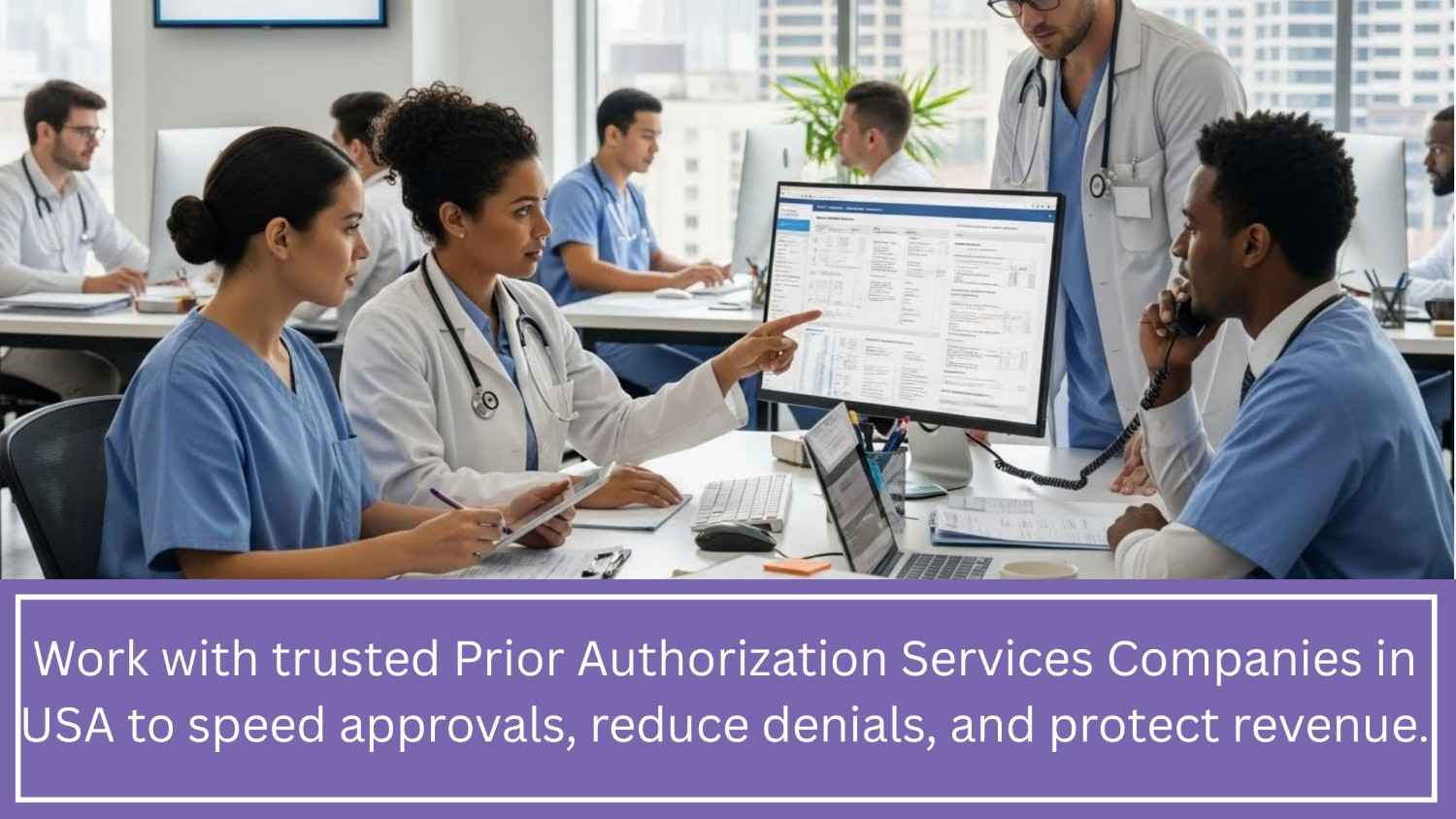Average Timeline for Physician Credentialing in 2025
Average Timeline for Physician Credentialing in 2025 highlights how healthcare providers meet standards and requirements to ensure credibility. Healthcare organizations in 2025 rely on understanding the typical timeline to make informed decisions. This article explores the average processing time for physician credentialing, the key variables that influence the process, and methods to accelerate results, including automation tools that are transforming credentialing.
Table of Contents
What Is the Average Timeline for Physician Credentialing in 2025?
Physician credentialing checks doctors’ backgrounds. It verifies their training, licenses, and skills. This ensures patients get safe, quality care. It also keeps clinics legal and paid by insurers. While the process takes longer today, it’s vital for healthcare. In 2025, credentialing times vary widely. Depending on a number of factors, it may take 60 days or more than 180 days. This blog will discuss common timelines, problems that affect the process, strategies to speed it up, the value of automation, future trends, and how technologies like Practolytics make things simpler.
Average Timeline for Physician Credentialing in 2025
Physician credentialing time is influenced by several important factors, including the type of healthcare group, the type of credentialing, and the speed at which documentation is completed.
Typical Schedules for Initial Certification Credentialing
This initial step usually takes 90 to 150 days to finish. It comprises registering with insurance verification companies, filling out applications, and verifying professional and educational information.
Recertifying (for existing providers):
Re-credentialing is faster because the majority of the information is already available. The new contacts and files typically take 60 to 90 days to become available.
Group Hospital Credentialing
For big medical institutions or healthcare groups, the process can take anywhere from 60 to 120 days, subject to the group’s scope and degree of detail.
Payers of Insurance
Every insurance provider has its own policies and procedures. Payers typically take 90 to 120 days before approving a provider.
Credentialing for Medicare
Because Medicare has national guidelines with straightforward steps, this process takes about 60 to 90 days.
Credentialing for Medicaid
With respect to the state, it usually takes 45 to 90 days, which is faster than others.
Summary Table of Average Timelines
|
CREDENTIALING TYPE |
AVERAGE TIMELINE |
|
Preliminary Credentialing |
90 – 150 days |
|
Re-credentialing |
60 – 90 days |
|
Group Hospital Credentialing |
60 – 120 days |
|
Insurance Payers |
90 – 120 days |
|
Medicare |
60 – 90 days |
|
Medicaid |
45 – 90 days |
Factors That Influence Credentialing Duration
Numerous factors may affect how long the medical credentialing process takes.
1. Issues with the application
Applications with missing or wrong details slow things down. If we reject an application because of empty fields, old info, or missing licenses, the organization must fix and resubmit. That easily adds weeks to the timeline.
2. Verification Holds
It takes time to check a doctor’s background. We must confirm their education, licenses, and past jobs. Schools, medical boards, and old employers don’t always reply fast. This waiting slows things down.
3. Payer-Specific Regulations
Different insurance companies handle credentialing differently. Some make it quick and easy. Others slow things down with extra steps. This mix affects how long everything takes.
4. Laws of the States
The laws for getting a license differ by state. Some states approve applications quickly. Others take longer due to stricter checks.
5. Team Workflow Efficiency
A credentialing team’s setup matters. Disorganized groups move slowly—they struggle to gather, check, and send documents. But sharp teams work faster. They use smart tools and follow clear steps. Simple wins.
Strategies to Expedite Credentialing
Healthcare professionals can cut credentialing delays with easy, practical steps.
1. Make sure all documents are kept current.
Having up-to-date insurance, certifications, and licenses is vital. Renew them early and check dates often. This way, you’re always ready for business opportunities.
2. Use software for credentialing
Hand processing wastes time and invites errors. Automation tools cut the busywork and lower mistake rates. Credentialing software handles paperwork, tracks deadlines, and pings reminders—keeping things smooth and human-focused.
3. Communicate Clearly
Maintaining contact with medical boards, insurance firms, and schools helps verify documents faster. Quick follow-ups cut wait times.
4. Regular Process Audits
Maintaining contact with medical boards, insurance firms, and schools helps verify documents faster. Quick follow-ups cut wait times.
Role of Automation in Credentialing
Technology plays a big role in modern certification.
Automated Data Input
Automation technologies take the hassle out of forms. They pull info straight from your records—no typing needed. Fewer mistakes happen. Things move faster.
Real-time status updates
Automation systems show each application’s current state. In this way, no steps are missed or forgotten.
Automated Reminders
These systems alert users when documents expire or applications are incomplete to make sure nothing is overlooked.
Future Trends in Physician Credentialing
1. AI-assisted confirmation
Artificial intelligence is useful because it can quickly verify credentials, licenses, and work history. It minimizes the amount of human labor needed by quickly comparing data to public records.
2. The use of blockchain technology
A safe and unchangeable record of credentials is offered by blockchain technology. Physicians can avoid tedious paperwork by sharing a digital credential passport with insurance or hospitals.
3. Passport for National Provider Credentials
The goal of this effort is to create a single national system that allows a doctor’s verified credentials to be used and stored anywhere. Not every organization must go through the same tests.
Why Practolytics Helps Credentialing
Managing credentials by hand is difficult. Solutions from Practolytics increase productivity and efficiency.
Advantages of Real-Time Insurance Verification with Practolytics
To avoid claim denials, ascertain the patient’s eligibility at check-in.
Acknowledging Errors
To prevent billing problems, locate incorrect or missing codes as soon as you can.
Codes With Regular Updates
You can stay in compliance without doing manual checks by using automatically updated CPT and ICD-10 codes.
Quicker Payments
Error reduction improves cash flow by enabling faster payment.
Practolytics improves medical billing and credentialing accuracy while cutting down on paperwork and saving time.
Conclusion
In 2025, doctors face long waits for credentialing—60 to 180 days. Why? Payers, state rules, paperwork, and verifications slow things down. But your medical group can move faster. Use automation. Keep records current. Talk clearly with teams. Check processes often.
Credentialing gets smarter soon. Blockchain and AI will help. National credential passports will cut delays and boost security.
Today, solutions like Practolytics work. They reduce billing mistakes and shorten credentialing time. Doctors start seeing patients quickly. Less waiting. Smoother operations. Better cash flow for your practice.
Talk to Medical Billing Expert Today — Get a Free Demo Now!






